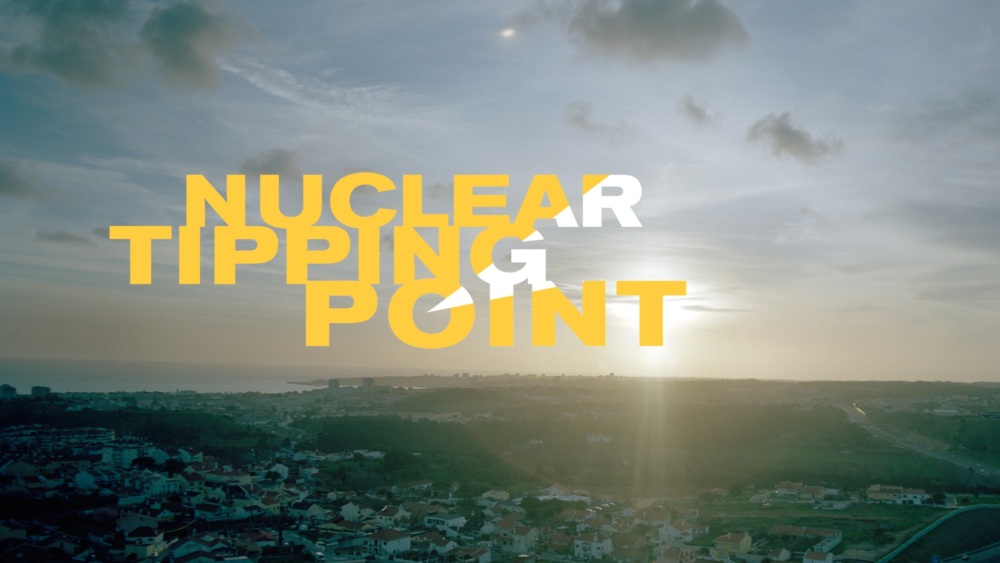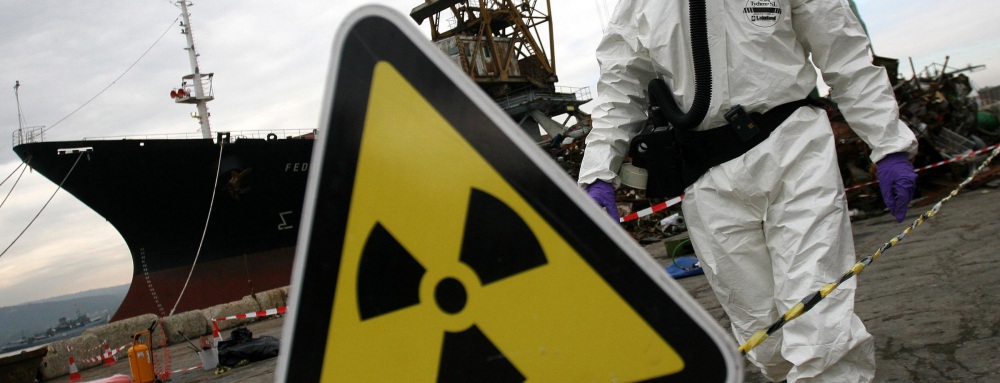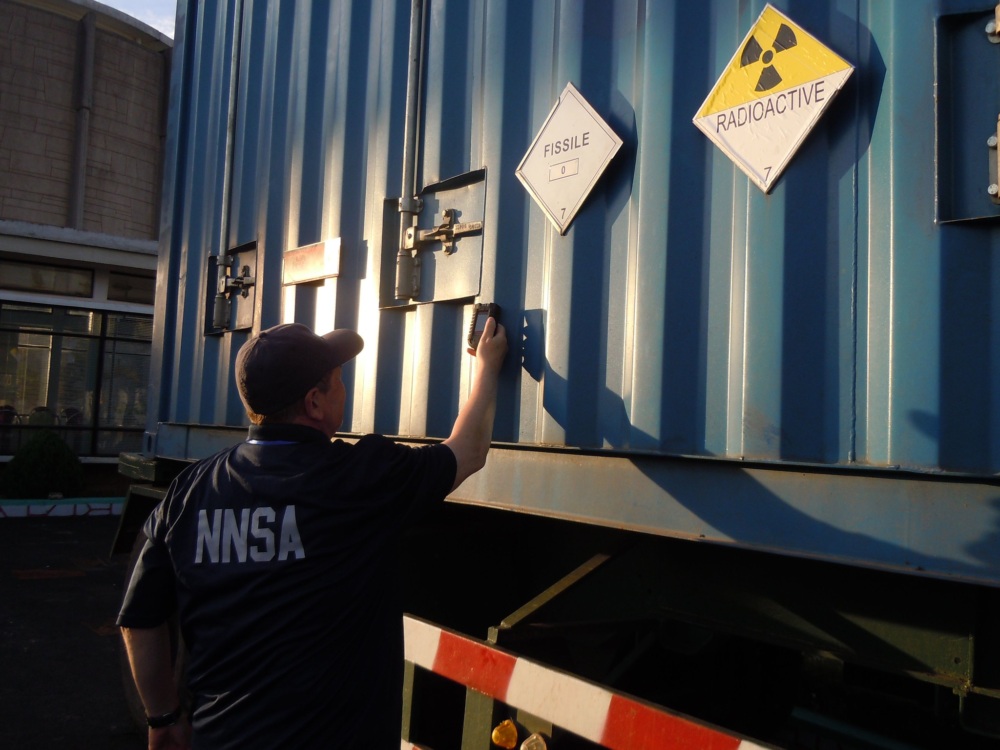Tutorial on the U.S. Nuclear Budget
The U.S. nuclear budget comprises a variety of programs associated with nuclear weapons, nuclear nonproliferation, nuclear security, and legacy environmental and health costs.
Download the Nuclear Tipping Point Teacher’s Guide.
Developed by the Stanford Program on International and Cross-Cultural Education (SPICE), the guide is designed to use the film to underscore the importance of teaching for critical literacy. A who’s who of the U.S. national security establishment—former Secretary of State George Shultz, former Secretary of Defense Bill Perry, former Secretary of State Henry Kissinger, and former Senator Sam Nunn—joined together in 2007 to announce their support for a world without nuclear weapons. In a series of op-eds for The Wall Street Journal, the four Cold War-era leaders—two Republicans and two Democrats—described a new world of expanding nuclear appetites in which traditional deterrence no longer works. They warned of the growing possibility that the deadliest weapons ever invented could fall into the wrong hands. To address the threat, they outlined a series of 10 practical steps toward reducing nuclear dangers. The response was immediate and dramatic. Government leaders worldwide expressed support for their vision, and by 2011, former officials from 13 countries had joined together across party lines to publicly endorse the agenda.
The documentary Nuclear Tipping Point tells the story of how the four came together to address the threat. Produced by the Nuclear Threat Initiative (NTI), the film is narrated by actor Michael Douglas and earned wide media attention when it came out in 2010.
Now, through a partnership between SPICE and NTI, the film is accompanied by a new teacher’s guide for classroom use of the documentary. The guide underscores the importance of teaching for critical literacy and addresses specific connections to the National Standards for History in the Schools. Student activities include multiple choice quizzes, persuasive writing and analysis, and ideas for creative projects.
“Nuclear weapons pose unequivocal threats, and the call for a world free of nuclear weapons provides historic opportunities for social change and global security,” FSI Director Coit Blacker says. “The goal of the teacher’s guide is to encourage students to be a part of the discussion on these important issues, to debate the positions presented in the film, and to consider the best path for their generation.”
Sign up for our newsletter to get the latest on nuclear and biological threats.
The U.S. nuclear budget comprises a variety of programs associated with nuclear weapons, nuclear nonproliferation, nuclear security, and legacy environmental and health costs.
Nuclear and radiological security aims to ensure nuclear and other radioactive materials are secure from unauthorized access and theft, and that nuclear facilities are secure from sabotage.
A tool kit to support undergraduate or graduate courses in international relations, security studies, diplomacy, counterterrorism, or nuclear sciences.


